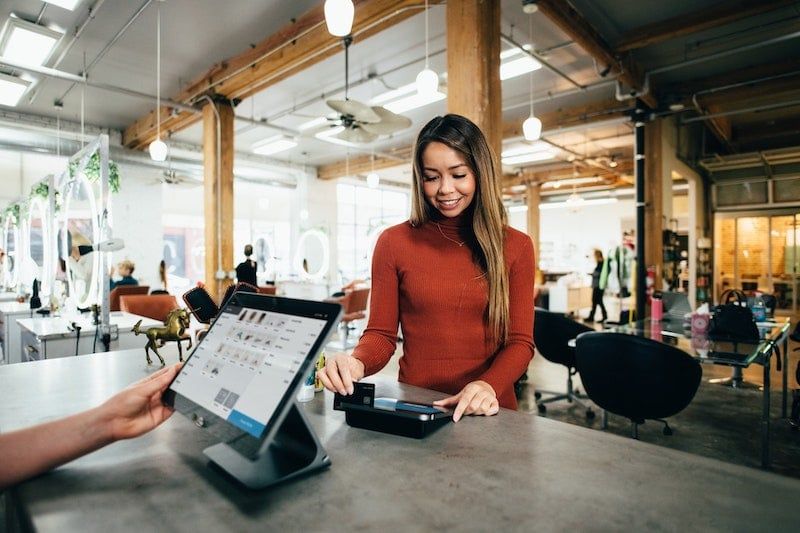"Inbound marketing is about creating a relationship with your prospects by providing valuable content that is relevant and helpful to their needs, not just trying to sell them something."
- Brian Halligan, Hubspot CEO
I can confidently say that building a solid inbound sales funnel is crucial to the success of any SaaS business. It's a delicate balance of art and science that requires careful planning, execution, and refinement. In this blog post, I'll explain the nuances of the inbound sales funnel, using personal anecdotes and literary devices to help you better understand how to convert strangers into loyal customers.
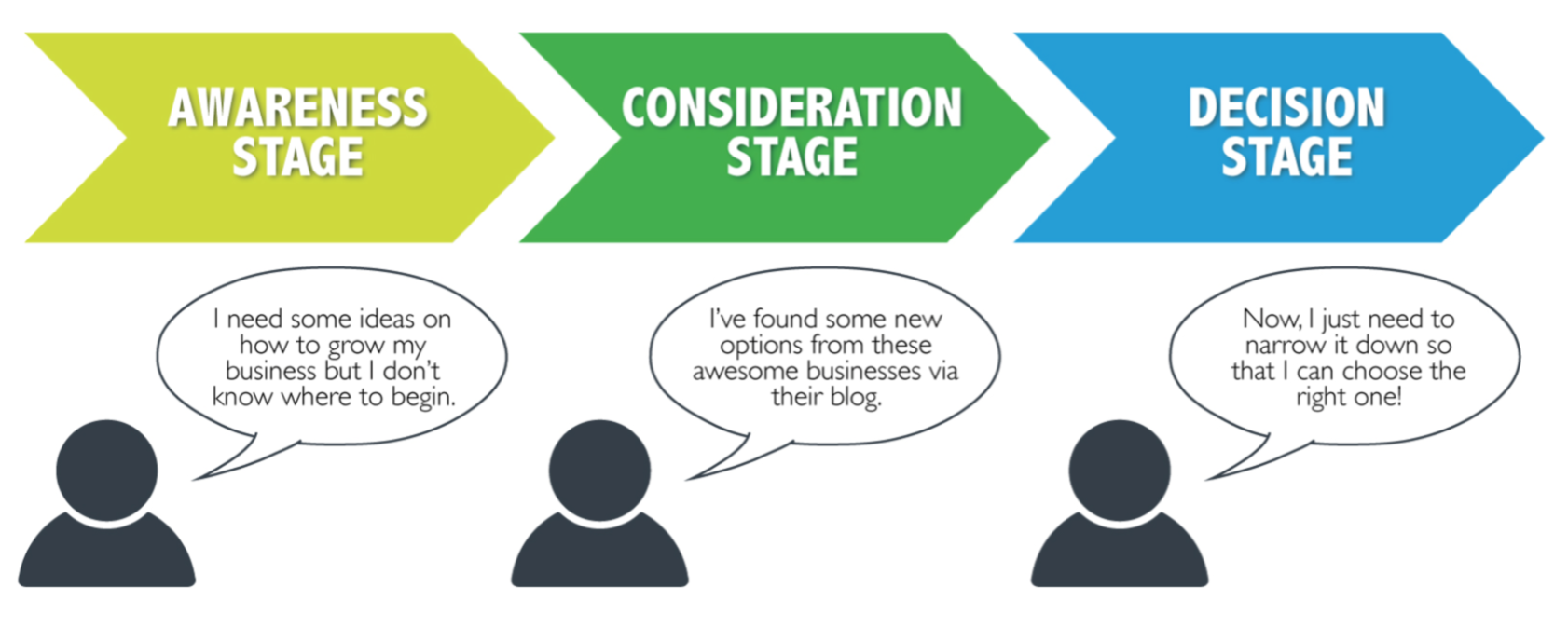
The Awareness Stage: Attracting Potential Customers
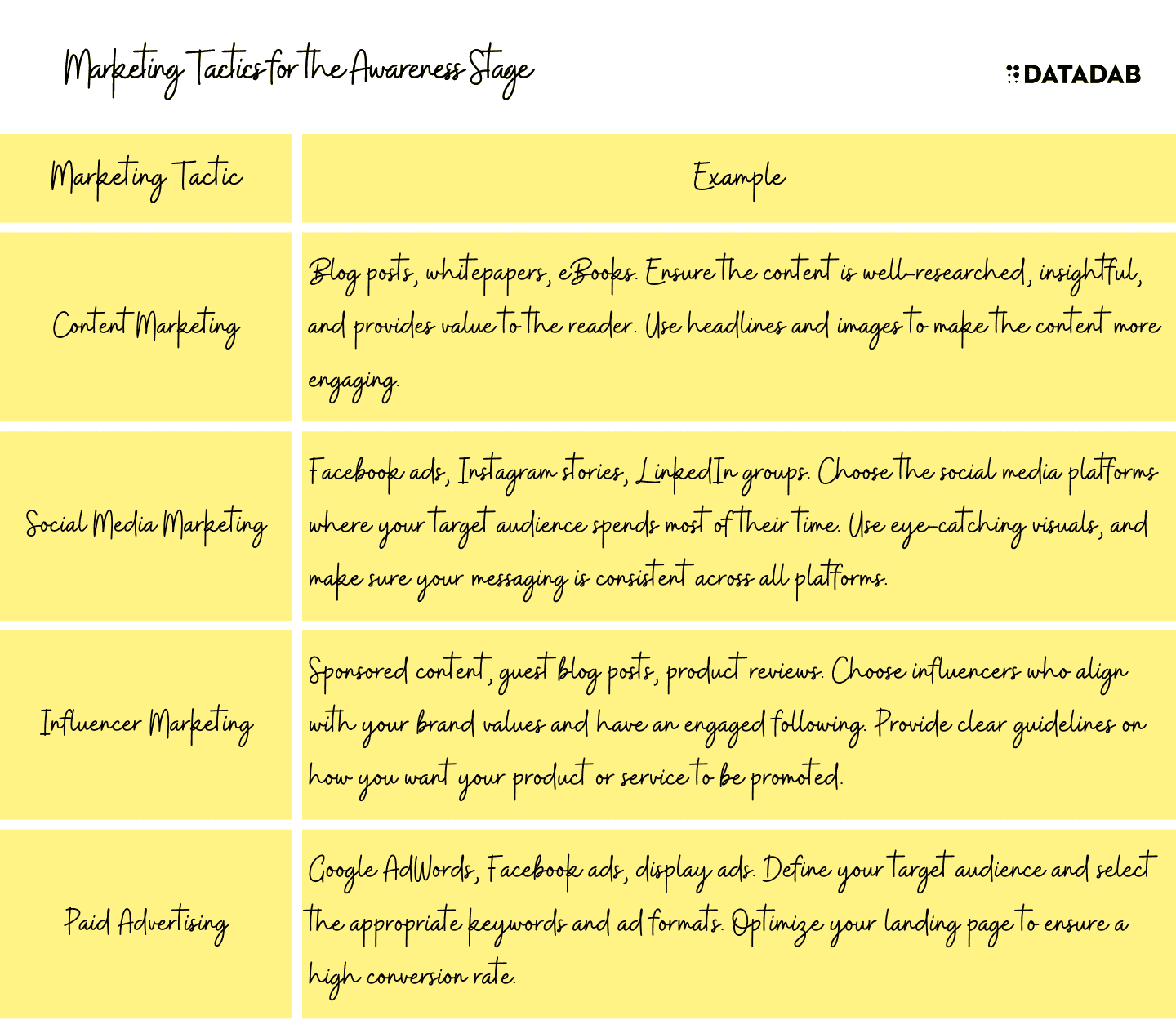
The first stage of the inbound sales funnel is awareness. This is where you attract potential customers to your brand and introduce them to your product or service. There are many ways to do this, but the key is to provide value upfront.
Storytelling as a Marketing Tactic
Storytelling is one of the most powerful marketing tactics for building awareness. It's a way to connect with your audience emotionally and show them how your product or service can solve their problems. For example, at my agency, we created a video series that told the stories of real people who had successfully used our client's products to improve their lives. This approach helped us attract potential customers looking for a solution to their problems.
The Importance of SEO
Search engine optimization (SEO) is also critical to building awareness. Optimizing your website for relevant keywords can attract potential customers actively searching for solutions to their problems. My agency uses a combination of on-page optimization, content creation, and backlinking to help our clients rank higher in search results. However, it's important to note that SEO is a long-term strategy that requires patience and consistency.
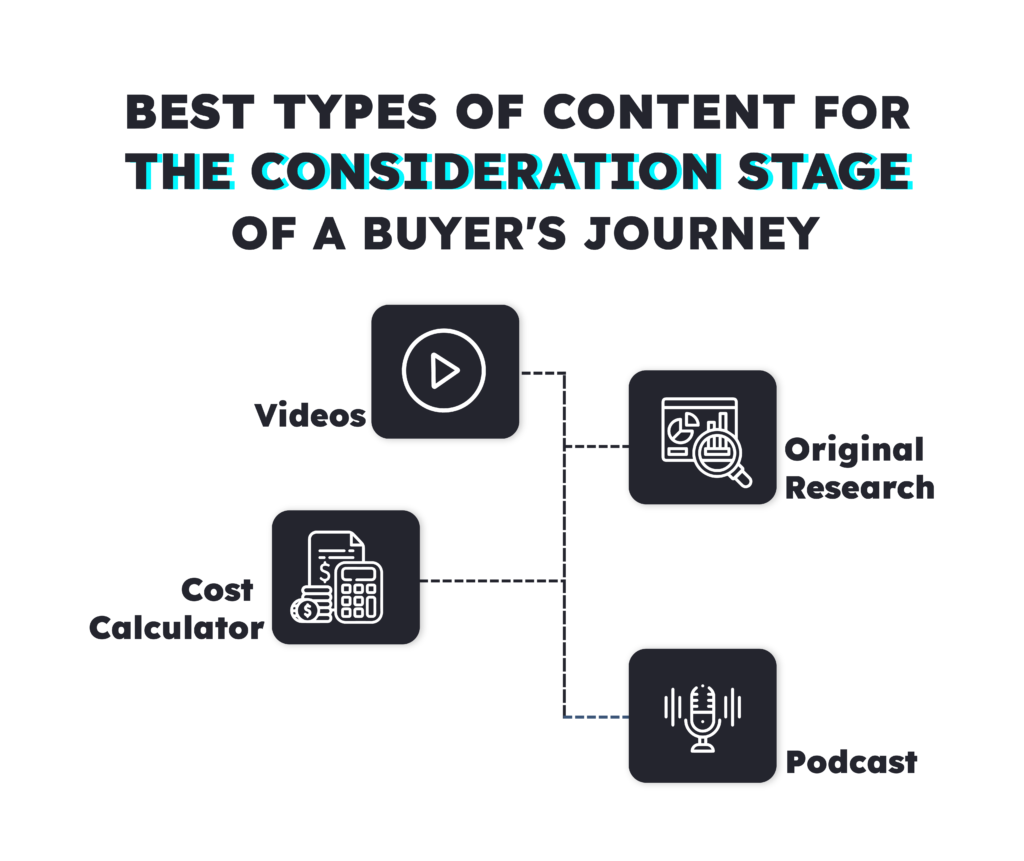
The Consideration Stage: Building Trust and Demonstrating Expertise
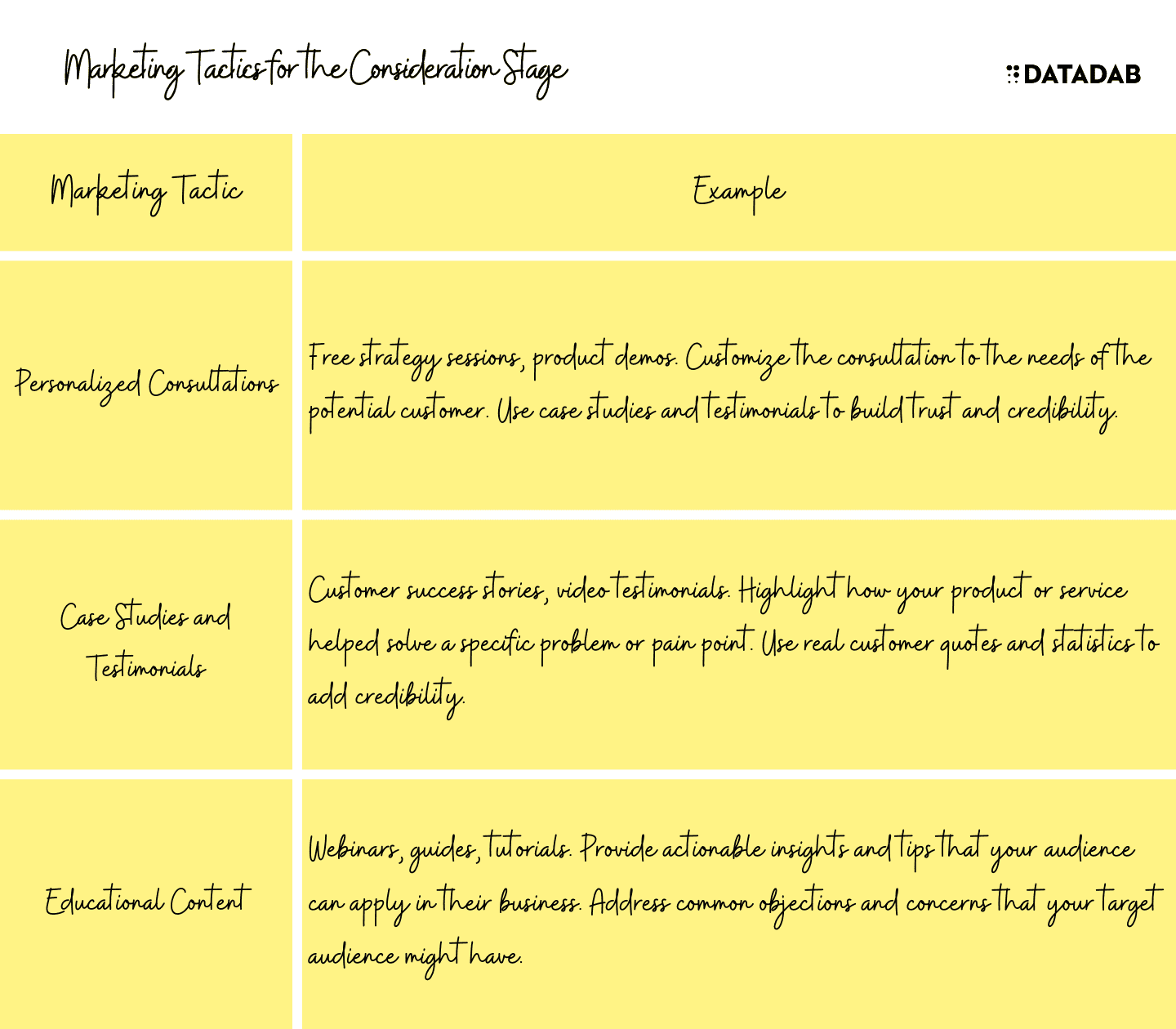
Once you've attracted potential customers to your brand, the next step is to move them into the consideration stage. This is where you start building trust and demonstrating your expertise.
The Power of Lead Magnets
Lead magnets are free resources that provide value to your potential customers while also demonstrating your knowledge and expertise. For example, at my agency, we created a free e-book that offered tips and advice on improving social media engagement. This approach helped us build trust with potential customers seeking social media marketing solutions. Ensure your lead magnet is high-quality and relevant to your target audience.
The Importance of Email Marketing
Email marketing is another powerful tool for nurturing relationships with potential customers. By collecting email addresses from potential customers, you can provide them with valuable content and keep your brand top of mind. At my agency, we use email marketing to provide subscribers with helpful tips and resources, and updates on our latest projects and services. Personalizing your email content and segmenting your audience is essential to ensure that you're providing content relevant to their interests.

The Decision Stage: Converting Prospects into Customers
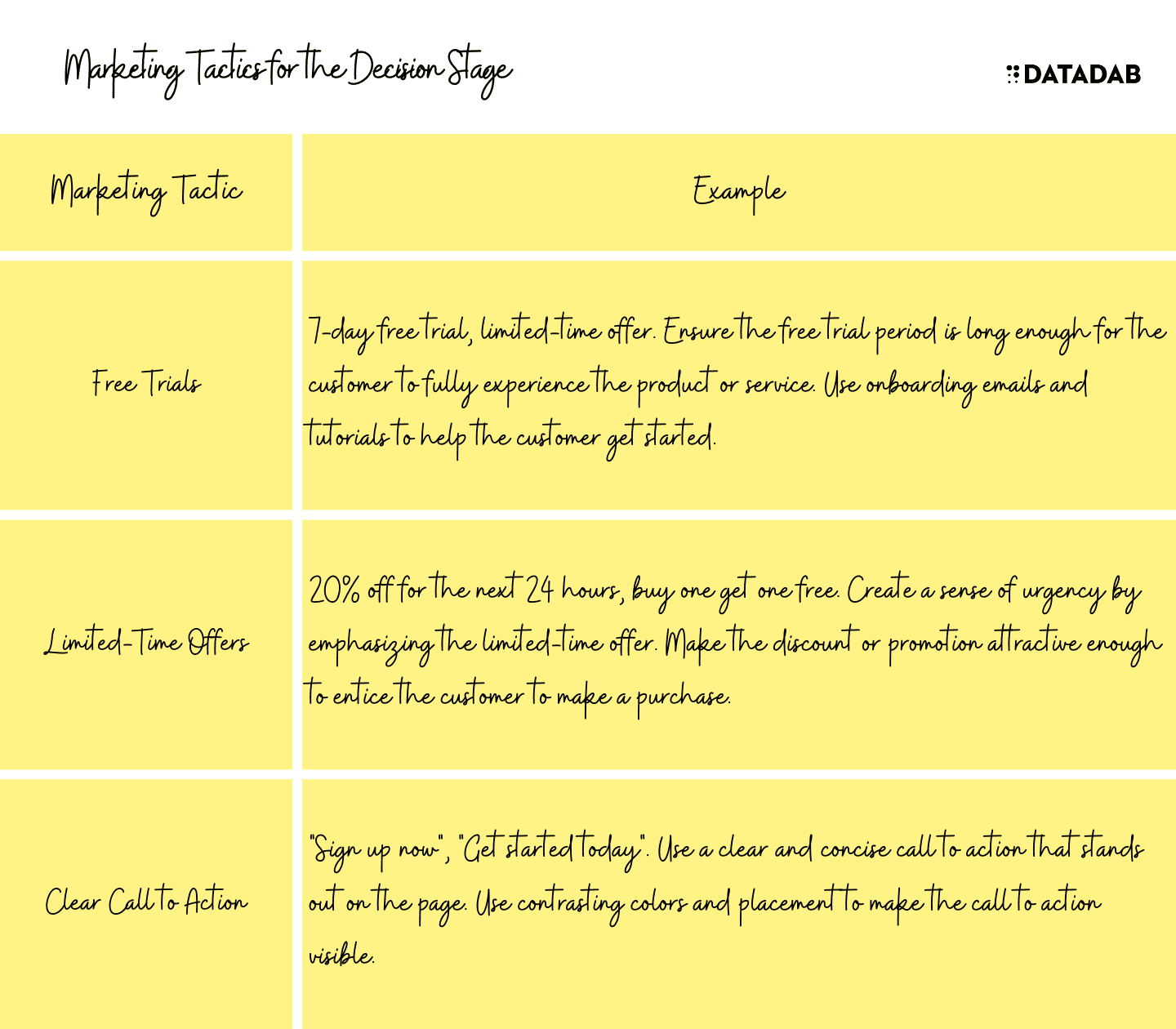
The final stage of the inbound sales funnel is the decision stage. This is where you convince potential customers that your product or service solves their problems.
The Power of Testimonials and Case Studies
Testimonials and case studies are powerful tools for convincing potential customers to take action. By showcasing real-life examples of how your product or service has helped others, you can build trust and demonstrate the value of your offering. At my agency, we use testimonials and case studies on our website and in our sales materials to help potential customers understand our services' impact on their business.
The Importance of Personalization
Personalization is also crucial in the decision stage. By tailoring your messaging to your potential customer's specific needs and pain points, you can increase the likelihood that they'll convert into customers. At my agency, we use a combination of personalized messaging and targeted offers to encourage potential customers to take action. It's crucial to ensure that your offers are relevant to your potential customer's specific needs and pain points and that your messaging is clear and persuasive.
Clear Call to Action
Have a clear call to action (CTA) on your website and other marketing materials. Your CTA should clearly communicate the value of your product or service and make it easy for potential customers to take the next step. For example, you might offer a free trial, a demo, or a consultation. DataDab extensively relies on A/B testing to optimize our clients' CTAs and improve their conversion rates.
Building a successful inbound sales funnel requires careful planning, execution, and refinement. By attracting potential customers to your brand, building trust and demonstrating your expertise, and convincing them that your product or service is the solution to their problems, you can convert strangers into loyal customers.
Whether you're using storytelling, SEO, lead magnets, email marketing, testimonials, case studies, or personalization, the key is to provide value upfront and tailor your messaging to your potential customers' specific needs and pain points. With the right strategy and approach, you can create an inbound sales funnel that drives growth and success for your SaaS business.
FAQ
1. What is the inbound sales funnel?
The inbound sales funnel is a marketing framework that helps businesses convert potential customers into loyal, repeat customers. It consists of three stages: awareness, consideration, and decision. In the awareness stage, businesses aim to attract potential customers and build brand awareness. In the consideration stage, they work to build trust and demonstrate expertise. In the decision stage, they aim to convert prospects into customers.
2. How can I attract potential customers in the awareness stage?
To attract potential customers in the awareness stage, you can use a variety of marketing tactics, such as content marketing, social media marketing, influencer marketing, and paid advertising. The key is to focus on providing value to your target audience and building relationships with them.
3. What is content marketing, and how does it fit into the inbound sales funnel?
Content marketing involves creating and sharing valuable, relevant, and consistent content to attract and retain a clearly defined audience. It fits into the inbound sales funnel by helping businesses attract potential customers in the awareness stage, build trust and demonstrate expertise in the consideration stage, and convert prospects into customers in the decision stage.
4. How can I build trust with potential customers in the consideration stage?
To build trust with potential customers in the consideration stage, you can use a variety of tactics, such as offering personalized consultations or demos, providing case studies and testimonials from satisfied customers, and creating educational content that addresses common pain points and challenges your target audience faces.
5. How important is social proof in the inbound sales funnel?
Social proof is a powerful tool for building trust and credibility with potential customers in the inbound sales funnel. By showcasing testimonials, case studies, and other forms of social proof, businesses can demonstrate that their product or service has helped others and is, therefore, likely to help potential customers.
6. How can I optimize my website for the inbound sales funnel?
To optimize your website for the inbound sales funnel, you should focus on creating a user-friendly design, providing valuable and informative content, and making it easy for potential customers to take the next step, whether that's by signing up for a free trial, scheduling a consultation, or making a purchase.
7. How can I measure the effectiveness of my inbound sales funnel?
To measure the effectiveness of your inbound sales funnel, you can track metrics such as website traffic, conversion rates, customer acquisition costs, and customer lifetime value. It's important to continually monitor these metrics and adjust your strategy based on what's working and what's not.
8. What are some common mistakes businesses make when implementing the inbound sales funnel?
Common mistakes businesses make when implementing the inbound sales funnel include not providing enough value to potential customers, not targeting the right audience, not building enough trust and credibility, and not having a clear call to action.
9. How long does it take to see results from the inbound sales funnel?
The timeline for seeing results from the inbound sales funnel can vary depending on factors like the size of your target audience, the competitiveness of your industry, and the quality of your marketing efforts. Be patient and persistent, and continually refine your approach based on feedback and data.
10. How can I stay up to date with best practices for the inbound sales funnel?
To stay up to date with best practices for the inbound sales funnel, you can read marketing blogs, attend industry events and conferences, network with other marketers and business owners, and continually experiment with new tactics and strategies. Be open-minded and willing to try new things to stay ahead of the curve and remain competitive in the ever-changing digital marketing landscape.


